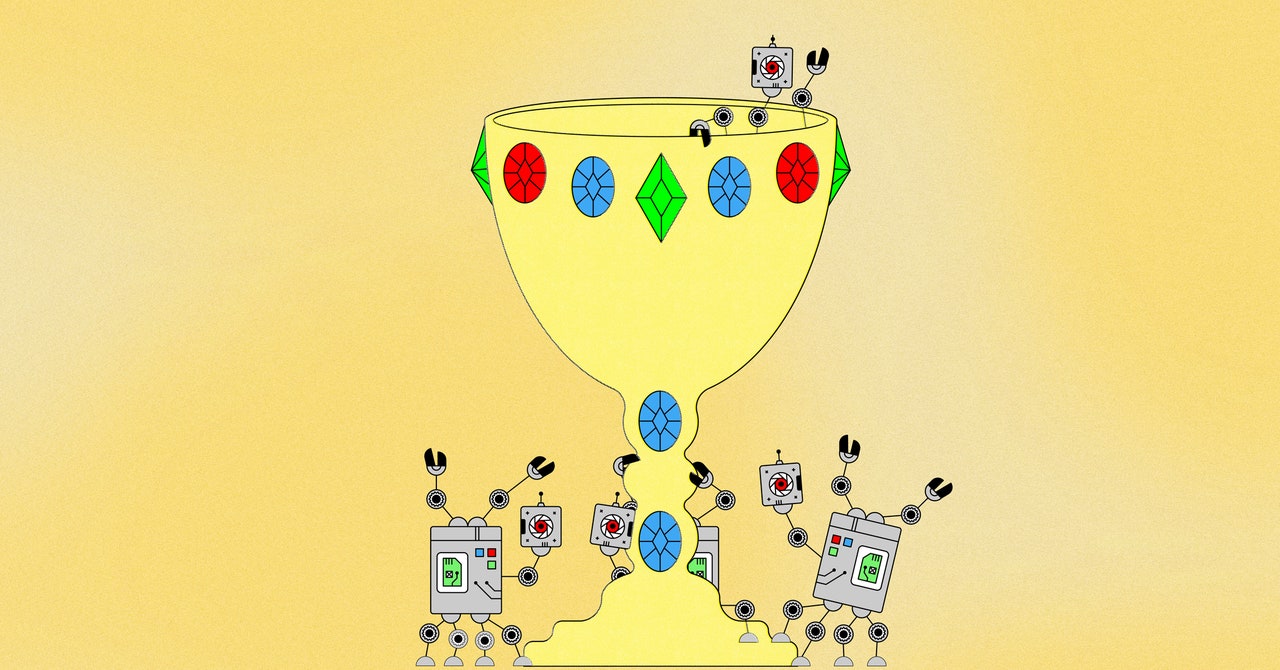
Teresa Berkowitz’s experiences with therapists had been hit or miss. ”Some good, some helpful, some just a waste of time and money,” she says. When some childhood trauma was reactivated six years ago, instead of connecting with a flesh-and-blood human, Berkowitz—who’s in her fifties and lives in the US state of Maine—downloaded Youper, a mental health app with a chatbot therapist function powered by artificial intelligence.
Once or twice a week Berkowitz does guided journaling using the Youper chatbot, during which the bot prompts her to spot and change negative thinking patterns as she writes down her thoughts. The app, she says, forces her to rethink what’s triggering her anxiety. “It’s available to you all the time,” she says. If she gets triggered, she doesn’t have to wait a week for a therapy appointment.
Unlike their living-and-breathing counterparts, AI therapists can lend a robotic ear any time, day or night. They’re cheap, if not free—a significant factor considering cost is often one of the biggest barriers to accessing help. Plus, some people feel more comfortable confessing their feelings to an insentient bot rather than a person, research has found.
The most popular AI therapists have millions of users. Yet their explosion in popularity coincides with a stark lack of resources. According to figures from the World Health Organization, there is a global median of 13 mental health workers for every 100,000 people. In high-income countries, the number of mental health workers is more than 40 times higher than in low-income countries. And the mass anxiety and loss triggered by the pandemic has magnified the problem and widened this gap even more. A paper published in The Lancet in November 2021 estimated that the pandemic triggered an additional 53 million cases of depression and 76 million cases of anxiety disorders across the globe. In a world where mental health resources are scarce, therapy bots are increasingly filling the gap.
Take Wysa, for example. The “emotionally intelligent” AI chatbot launched in 2016 and now has 3 million users. It is being rolled out to teenagers in parts of London’s state school system, while the United Kingdom’s NHS is also running a randomized control trial to see whether the app can help the millions sitting on the (very long) waiting list for specialist help for mental health conditions. Singapore’s government licensed the app in 2020 to provide free support to its population during the pandemic. And in June 2022, Wysa received a breakthrough device designation from the US Food and Drug Administration (FDA) to treat depression, anxiety, and chronic musculoskeletal pain, the intention being to fast-track the testing and approval of the product.
In a world where there aren’t enough services to meet demand, they’re probably a “good-enough move,” says Ilina Singh, professor of neuroscience and society at the University of Oxford. These chatbots might just be a new, accessible way to present information on how to deal with mental health issues that is already freely available on the internet. “For some people, it’s going to be very helpful, and that’s terrific and we’re excited,” says John Torous, director of the digital psychiatry division at Beth Israel Deaconess Medical Center in Massachusetts. “And for some people, it won’t be.”


